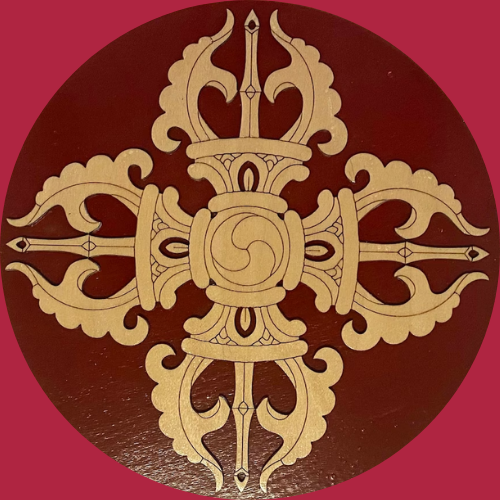Aoleng and Sekrenyi
The Aoleng festival is celebrated during the first week of April every year by the Konyak Naga tribe in Mon district of Nagaland. Rooted in agrarian beliefs, the Aoling or Aoleng festival marks the onset of the spring season. The tribe is famous for its headhunting practices, and it is spread over a vast region of Mon and even inside Myanmar.
April is marked as new year according to the Konyak calendar. Hence, the Aoling festival is actually a celebration of the new year and the arrival of spring in Nagaland.
Immensely religious as this tribe is, it begins celebration with sacrifices and religious rites with a profound belief that the gods will bless the land with great harvests. These are followed by feasts, dances and music. The first three days are devoted to preparations. In these three days, new clothes are woven, the food and traditional beer is prepared, and animals are chosen for sacrifice.
The fourth day is the most significant day, the people dress in their best clothes with jewels and perform folk dances. For anyone who wants to witness Konyak culture, visit the district on the fourth day and it will be great experience. The last two days are devoted to cleaning the houses as well as the village area.
Sekrenyi Festival
Sekrenyi meaning ‘sanctification festival’ is a ten-day long festival observed by the Angami Nagas. Locally the festival is known by the name ‘Phounsanyi’ and is celebrated around February 25. The festival is of great spiritual importance as it aims at cleansing the soul and the body off of all the sins. Sekrenyi festival is linked with agricultural practices and with the initiation of ‘adulthood’ for the young members of society. The celebration lasts for about ten to fifteen days.
On the first day, the older men and women sprinkle holy water on themselves for purification. Similarly, on the second day, adolescent men sprinkle sacred water and then sacrifice an animal. On the fourth day, all the young people, with their heads shaven, gather at a place to sing & dance with men dressed with traditional Naga attire holding spades and swords, while the womenfolk hold the baskets while dancing.
The fourth day is the new year for the tribe. On the seventh day, young men set out for hunting, and as all these festivities come to an end, the people gradually get back to their fields & daily lives. The belief is that one must not cultivate or harvest the fields until he or she has performed these rituals.
